
The Smithsonian Institution, or simply the Smithsonian, is a group of museums, education and research centers, the largest such complex in the world, created by the U.S. government "for the increase and diffusion of knowledge." Founded on August 10, 1846, it operates as a trust instrumentality and is not formally a part of any of the three branches of the federal government. The institution is named after its founding donor, British scientist James Smithson. It was originally organized as the United States National Museum, but that name ceased to exist administratively in 1967.

Marjorie Merriweather Post was an American businesswoman, socialite, and philanthropist. She was the daughter of C. W. Post and the owner of General Foods Corporation. For much of Marjorie Post's life, she was known as the wealthiest woman in the United States.
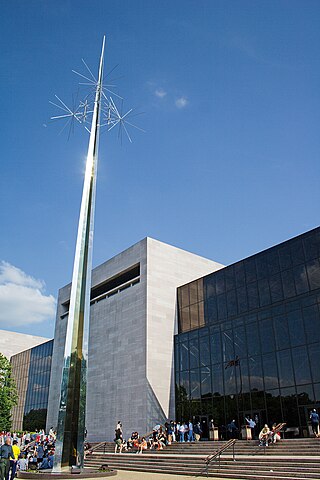
The National Air and Space Museum (NASM) of the Smithsonian Institution, is a museum in Washington, D.C., in the United States dedicated to human flight and space exploration.

Crater of Diamonds State Park is a 911-acre (369 ha) Arkansas state park in Pike County, Arkansas, in the United States. The park features a 37.5-acre (15.2-hectare) plowed field, one of the few diamond-bearing sites accessible to the public. Diamonds have been discovered in the field continuously since 1906, including the graded-perfect Strawn-Wagner Diamond, found in 1990, and the Uncle Sam, found in 1924, which at over 40 carats is the largest diamond ever found in the United States.
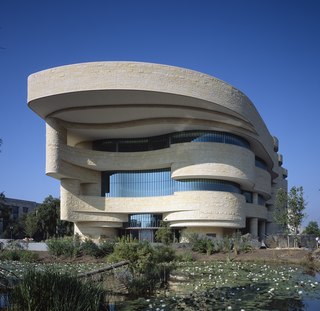
The National Museum of the American Indian is a museum in the United States devoted to the culture of the indigenous peoples of the Americas. It is part of the Smithsonian Institution group of museums and research centers.

The National Museum of Natural History (NMNH) is a natural history museum administered by the Smithsonian Institution, located on the National Mall in Washington, D.C., United States. It has free admission and is open 364 days a year. With 4.4 million visitors in 2023, it was the most-visited museum in the United States.
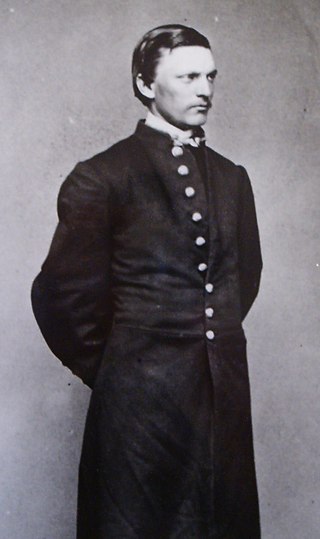
Washington Augustus Roebling was an American civil engineer who supervised the construction of the Brooklyn Bridge, designed by his father John A. Roebling. He served in the Union Army during the American Civil War as an officer at the Battle of Gettysburg.

The Museum of Chinese in America is a museum in New York City which exhibits Chinese American history. It is a nonprofit 501(c)(3) education and cultural institution that presents the living history, heritage, culture, and diverse experiences of Chinese Americans through exhibitions, educational services and public programs. Much of its collection was damaged or destroyed in a fire in January 2020. After being closed for more than a year following the fire, the museum reopened to the public on July 15, 2021.

The Natural History Museum of Los Angeles County is the largest natural and historical museum in the western United States. Its collections include nearly 35 million specimens and artifacts and cover 4.5 billion years of history. This large collection comprises not only of specimens for exhibition, but also vast research collections housed on and offsite.

Highlands Hammock State Park is a 9,000-acre (3,640 ha) park 4 miles (6 km) west of Sebring in Highlands County, Florida, off U.S. 27. The park opened in 1931, four years before the Florida state park system was created. It was listed on the National Register of Historic Places in 2018.
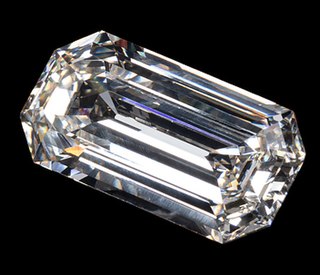
Uncle Sam is the nickname for the largest diamond ever discovered in the United States. It was found in 1924 in Murfreesboro, Arkansas, at the Prairie Creek pipe mine, which later became known as the Crater of Diamonds State Park. The diamond was named "Uncle Sam" after the nickname of its finder, Wesley Oley Basham, a worker at the Arkansas Diamond Corporation.

The Star-Spangled Banner, or the Great Garrison Flag, was the garrison flag that flew over Fort McHenry in Baltimore Harbor during the naval portion of the Battle of Baltimore during the War of 1812. It is on exhibit at the National Museum of American History, Smithsonian Institution. Seeing the flag flying over Fort McHenry on the morning of September 14, 1814, after the battle ended, Francis Scott Key was inspired to write the poem "Defence of Fort M'Henry". These words were written by Key and set to the tune of "To Anacreon in Heaven", a popular song at the time, by John Stafford Smith. In 1931 the song became the national anthem of the United States.

Gregory Joseph Gillespie was an American magic realist painter.
Gail Tremblay was an American writer and artist from Washington State. She is known for weaving baskets from film footage that depicts Native American people, such as Western movies and anthropological documentaries. She received a Washington State Governor's Arts and Heritage Award in 2001.
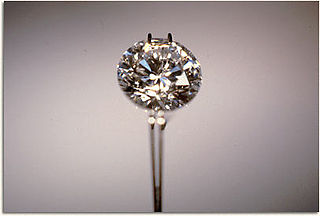
The Strawn-Wagner Diamond is one of a relatively few colorless, internally flawless diamonds ever found, weighing 3.03 carat. It was found in 1990 by Shirley Strawn of Murfreesboro, Arkansas, in the Crater of Diamonds State Park public search field. It was cut to 1.09 carats in 1997, and graded a "perfect" 0/0/0 by the American Gem Society (AGS) in 1998 and graded perfect by the Gemological Institute of America, making it the first diamond from Arkansas to receive such an AGS grading. The diamond is considered one-in-a-billion, according to Peter Yantzer, the AGS Laboratory Director.

Cristián Samper is a Colombian-American tropical biologist specializing in conservation biology and environmental policy. He is the Managing Director and Leader of Nature Solutions at the Bezos Earth Fund. He served as President and CEO of WCS from 2012 to 2022. He was the Director of the Smithsonian Institution's National Museum of Natural History, the world's largest natural history collection, from 2003 to 2012, and served as acting Secretary of the Smithsonian from 2007 to 2008, the first Latin American to hold the position. In April 2015, Samper was inducted into the American Academy of Arts and Sciences.

Smithsonian Affiliations is a division of the Smithsonian Institution that establishes long-term partnerships with non-Smithsonian museums and educational and cultural organizations in order to share collections, exhibitions and educational strategies and conduct joint research. Partner organizations are known as "Smithsonian Affiliates".

Margaret Brassler Kane was an American figurative sculptor known for her use of the direct-carving method.
Syd Carpenter is an African American artist and a retired professor of studio art. She is known for her ceramic and sculpture work, which explores African-American farming and gardening. She has received multiple fellowships, including a Pew Fellowship and an NEA Fellowship, and her work is currently in the Smithsonian American Art Museum's collection and the Philadelphia Museum of Art's collection.

















